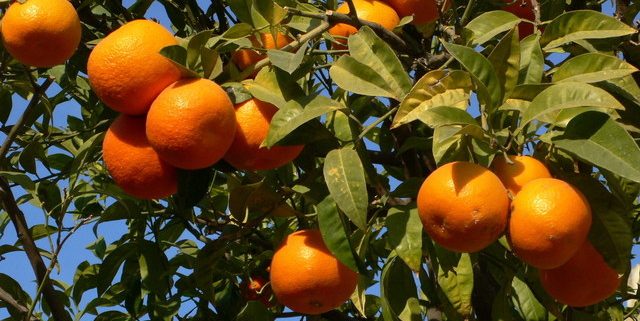Andalusia more vigilant foreign pests in citrus
The Andalusian Plan of Phytosanitary Surveillance for citricultura pursued in 2016 with the development of the program Phytosanitary Monitoring Plan Andaluz in Citrus, designed to enable early detection and eradication of foreign harmful organisms that may affect the cultivation of citrus Andalusia. Thus its possible dispersion in the Andalusian region is avoided and minimized damage in productions to quickly react to the first symptoms.
Surveillance jobs have started this spring with the selection of different citrus farms where this task called “sentinel farms”, giving greater importance to those with low pressure phytosanitary treatments or abandoned orchards. Another criterion to be taken into account when making this selection are called risk points, which are places of transit management and citrus fruits and plants capable of carrying pests. Among other areas, it is close to nurseries where there is movement of plant material, ports, airports, roads, wholesalers or central markets fruit handling land.
Throughout 2016 the plan has a total of 111 control points distributed among 91 farms and 20 farms sentries risk points. Huelva is the province that brings more of these farms, with 26; followed by Sevilla (20), Almeria (15) and Cordoba (13). Cadiz eight sentinel farms are located in Malaga six, three in Granada. In these areas the four points of risk of Almeria and Cadiz, all three of Granada and Seville are added, and the two that are located in Cordoba, Huelva and Malaga.
In the implementation of this Plan include the collaboration of citrus production sector of Andalusia, and also in this campaign has a greater number of external collaborators who carry out monitoring work on their farms. This is mainly technicians Groupings for Integrated Treatment in Agriculture (Atria), Groups Integrated Production (API), cooperatives and producers who have been provided the material sampling and training necessary to carry out the controls.
Plan Andaluz
The task of monitoring focuses primarily on the most worrying phytosanitary threats to citrus that are not present in the Autonomous Community of Andalusia currently, as Huanglongbing disease (HLB), also known as Greening of cítricos- and their delivery systems, ie , organisms that transmit it. Also, the Ministry of Agriculture also monitors plant if any condition is observed by Guignardia citricarpa (Phyllosticta citricarpa) or Citrus Black Spot; thrips and aphids; Coleoptera as Anoplophora chinensis; or different species of flies as Bactrocera zonata, Bactrocera dorsalis, Anastrepha ludens, Anastrepha and Pterandus supensa rose.
For the second consecutive year, the Board launches this action planning which also includes a significant outreach, information and training of technicians and farmers through the spread of symptoms and characteristics of harmful organisms among professionals citrícola of Andalusia. It also includes the development of research of new measures that address these risk harmful organisms not present in our region to date.
To this end, the Institute of Research and Agricultural and Fisheries of Andalusia Training (IFAPA) has conducted information days on pests and diseases under surveillance in different Andalusian provinces, and have produced leaflets and posters of harmful organisms to the Plan.
On the other hand, the Red Alert and Plant Information Andalucía (RAIF) of the Ministry also contributes to the dissemination of information on this plan through its website http://www.juntadeandalucia.es/agriculturaypesca/raif/
Source: Government of Andalusia









